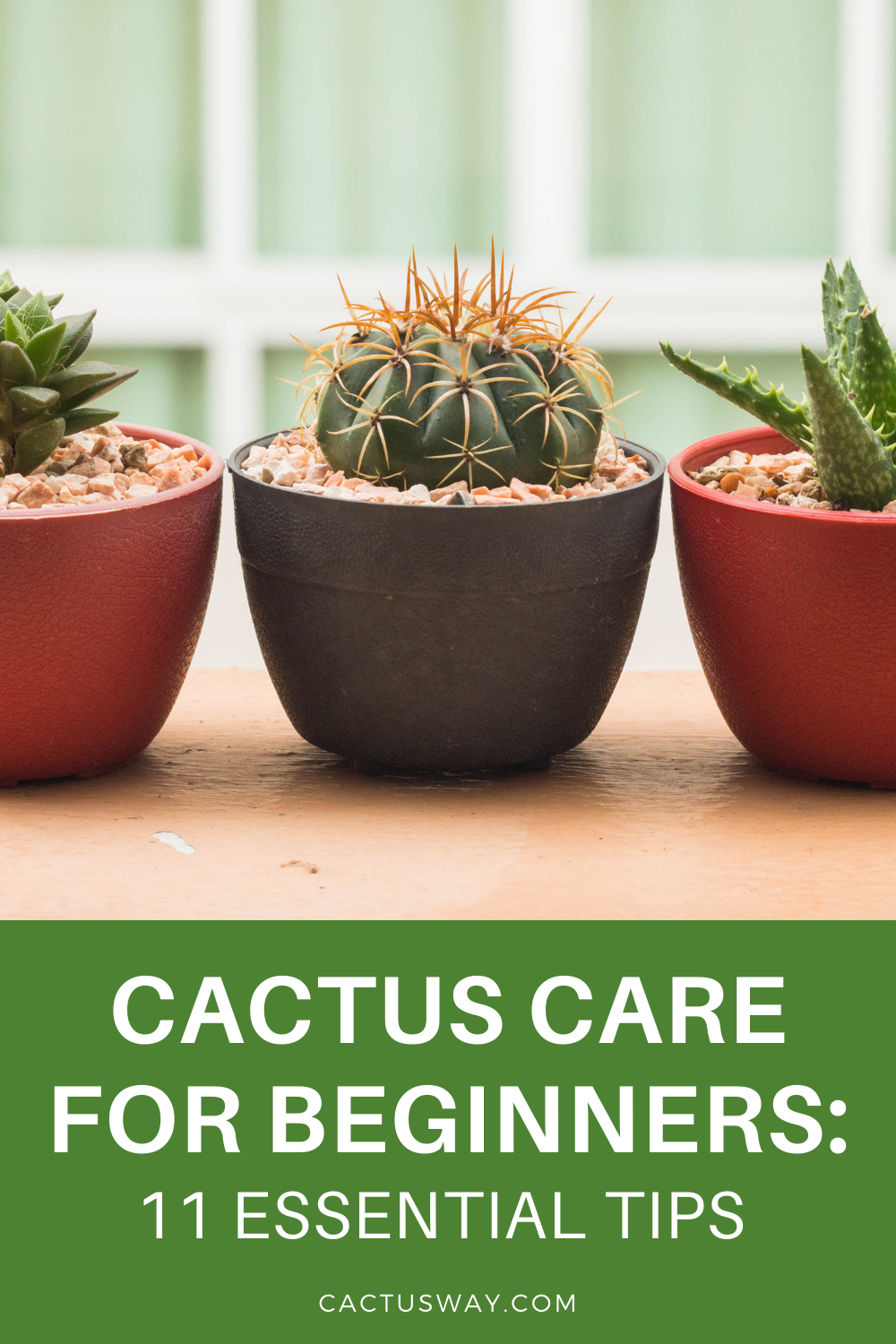When contemplating the cultivation of cacti, an inviting allure beckons: these resilient plants, native to arid regions, serve as captivating symbols of endurance and adaptability. However, their seemingly simple exterior belies the intricate care they require to truly thrive. Understanding how to nurture cacti can transform an ordinary gardening experience into a compelling journey of discovery and fulfillment. Herein lies a comprehensive guide to ascertain actionable techniques that ensure your spiny companions flourish under your stewardship.
Embracing the essence of cacti begins with an appreciation of their natural habitat. These succulent wonders are designed by evolution to endure the toughest conditions, yet they demand a particular balance when cultivated within the confines of our homes or gardens. Let’s delve into the essential elements of cactus care.
Optimal Environment: Crafting the Perfect Oasis
The foundation of successful cactus cultivation lies in creating an environment that closely mimics their native conditions. As a general rule, cacti thrive in bright, indirect sunlight. An ideal scenario often involves situating your plants near south- or west-facing windows where they can bask in sunlight for several hours each day. However, extreme cases of direct sunlight, especially during scorching afternoons, may lead to sunburn, manifesting as unsightly brown patches. Observing a well-lit, diffused ambiance is crucial.
Temperature regulation is equally paramount. Most cacti prefer warm temperatures ranging between 70°F to 100°F during the day, with cooler nighttime temperatures around 50°F to 65°F being acceptable. A keen awareness of seasonal changes will further enhance their vitality; during winter dormancy, it’s beneficial to keep them in a cooler environment, which naturally constrains growth and prepares them for the coming spring.
Moreover, air circulation is vital. Stagnant air can lead to issues such as mold or pest infestations. Utilizing fans in enclosed spaces or rotating your plants can create adequate airflow, reducing any potential health threats.
Choosing the Right Soil: Designing a Nutrient-Rich Bed
Soil selection plays an indispensable role in cactus health. Not all potting soils are created equal; cacti require a specially formulated mix that provides excellent drainage coupled with adequate nutrients. Opting for a cactus-specific soil or a well-draining mix composed of coarse sand, perlite, and potting soil contributes to healthier root systems. This blend ensures water does not linger, which could otherwise lead to rot—a common foe of cactus cultivation.
Furthermore, an infusion of nutrients becomes imperative during the active growing season, typically spanning from spring to late summer. Incorporating a balanced, water-soluble fertilizer at half-strength every month will replenish necessary nutrients, allowing these plants to flourish. Just remember: moderation is key. Over-fertilizing can have deleterious effects, causing the plants to become leggy or, worse, develop toxicity.
Watering Wisdom: Mastering the Art of Hydration
Watering is often where cactus care transforms into an art form. One primary tenet to observe is the principle of “soak and dry.” Allowing soil to fully dry out between waterings stimulates healthy root development while preventing water-logged conditions that can jeopardize plant health. Generally, during the growing season, watering every two to three weeks should suffice, but be vigilant—factors such as pot size, climate, and plant size will influence frequency.
In winter, as your cactus enters dormancy, significantly reduce watering to avoid root rot. Seasonal adjustments are essential; too much moisture in the colder months can be detrimental, as these plants are not actively growing and cannot utilize water effectively.
Pests and Diseases: Safeguarding Against Invaders
No gardener escapes the threat of pests or diseases. Cacti are not impervious to infestations; aphids, mealybugs, and spider mites are just a few adversaries that may attempt to invade. Identifying these pests early on is crucial for implementing control measures. Neem oil or insecticidal soaps can effectively deter these nuisances without causing harm to the plant itself.
Likewise, be on the lookout for signs of disease, such as discoloration or unusual spots on the plant. Promptly removing affected areas or repotting plants in fresh soil can mitigate further spread, ensuring the continued health of your cactus collection.
Finding the Right Balance: A Journey of Patience
Caring for cacti requires a blend of knowledge, intuition, and a dash of patience. Observing your plants daily will yield insights into their unique preferences, allowing you to adjust care practices as necessary. By creating an optimal environment, choosing suitable soil, mastering the intricacies of watering, and safeguarding against pests, you cultivate not just plants, but healthy, thriving ecosystems. In this careful orchestration, you unlock the potential for verdant growth and resilience, echoing the tenacity of these remarkable desert dwellers.
In summary, as you embark on your cactus-care journey, remember that success is intertwined with understanding the balance of nature and nurturing these resilient plants. With dedication and the right principles, your cacti will not only survive but will flourish, standing as testimony to your gardening prowess.





Leave a Comment